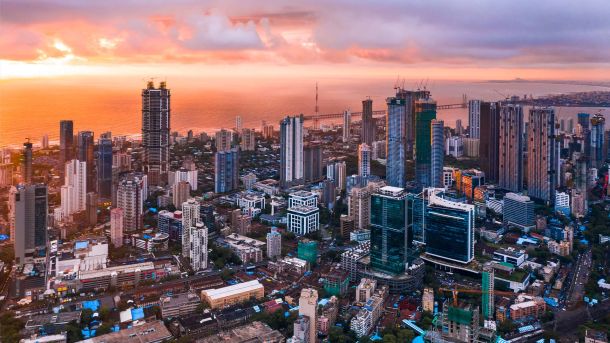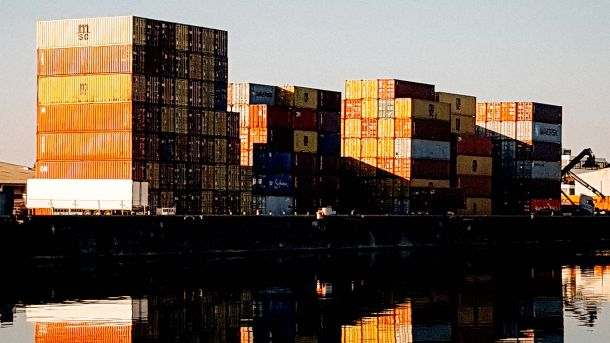In South Africa, formal non-agricultural employment saw a modest increase of 34,000, rising from 11.434 million to 11.468 million. The combined total of formally unemployed individuals in non-agricultural and agricultural sectors rose by just 19,000, stabilising around 16.8 million across the country. The working-age population expanded by about 131,000 in the second quarter, reflecting an annual growth rate of approximately 1.3%.
Unemployment rates ascended in three out of the nine provinces, although Gauteng (+95,000), Eastern Cape (+89,000), and Limpopo (+27,000) reported employment rises. Notable employment gains were observed in the Trade, Construction, and Private Household sectors, despite the informal sector losing 34,000 jobs during the reviewed quarter.
Overall, these employment figures remain somewhat disheartening, with the unemployment rate surpassing the predicted 33.0% for the second quarter of 2025. This deceleration is partly due to persistent global uncertainties, including repercussions from the imposition of US trade tariffs announced in August. Uncertainties surrounding the future of the African Growth and Opportunity Act (AGOA) beyond September 2025 pose another challenge, as the South African government has yet to negotiate a new trade agreement with the current US administration.
Ongoing diplomatic tensions between Washington and Pretoria on various issues continue to impact economic confidence and investment decisions in South Africa. Consequently, many businesses are maintaining a cautious “wait-and-see” approach regarding expansion and hiring in the short term, particularly as they face the August 7 deadline for tariffs on exports to the US market.





